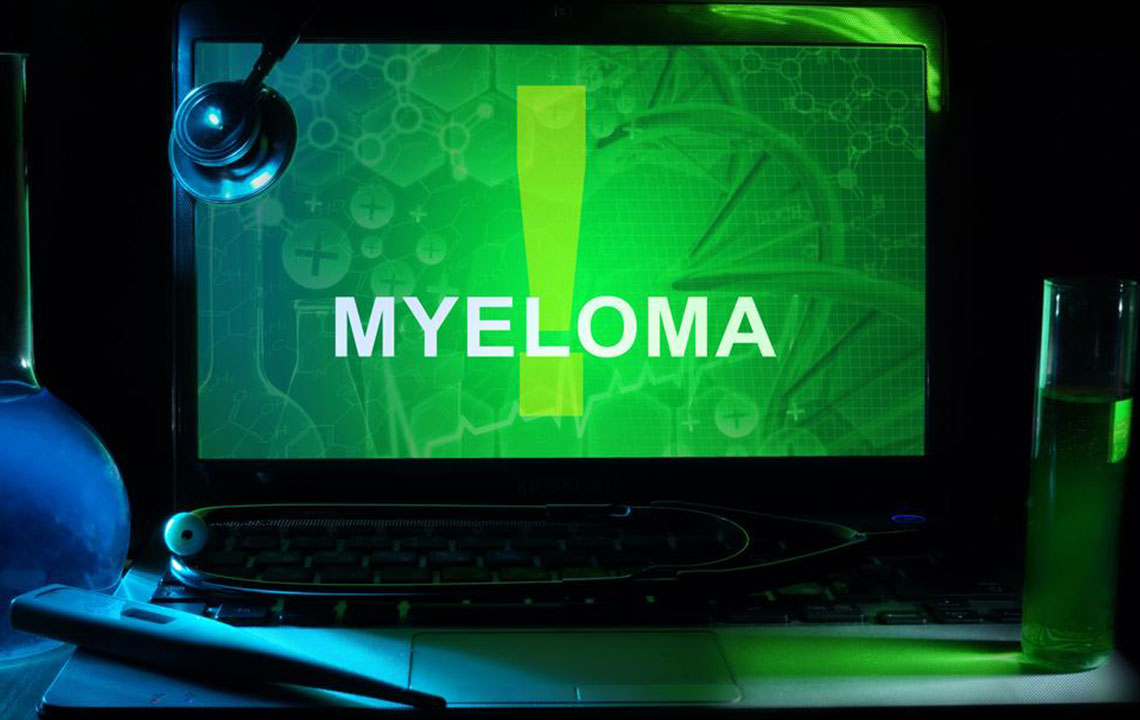Understanding Leukemia: Detection and Treatment Strategies
This article offers a comprehensive overview of leukemia diagnosis and treatment options. It highlights detection methods, types of treatments including chemotherapy and stem cell therapy, and explains how doctors monitor treatment responses. Suitable for patients and caregivers, it emphasizes personalized approaches based on individual health and disease specifics. Understanding these strategies is crucial for effective management of leukemia and improved outcomes.

Understanding Leukemia: Detection and Treatment Strategies
Leukemia is a hematologic malignancy characterized by uncontrolled proliferation of abnormal blood cells in the bone marrow. This rapid growth disrupts normal blood cell production, leading to blood cancer. Early stages of leukemia often present no obvious symptoms but can be incidentally detected during routine exams or blood tests.
How Leukemia Is Diagnosed
Patients may appear pale and show enlarged lymph nodes, liver, or spleen. Common signs include frequent fevers, persistent infections, fatigue, and tiny skin rashes. These indicators prompt further investigations.
To confirm the diagnosis, physicians often perform a bone marrow biopsy, extracting samples from the pelvic bone to analyze for leukemic cells, chromosomal abnormalities, and genetic markers. Age, leukemia type, and chromosomal abnormalities are crucial factors during assessment.
Leukemia treatment approaches include chemotherapy, stem cell transplants, radiation therapy, targeted medications, watchful waiting, and supportive care. The specific therapy depends on the leukemia subtype.
Types of leukemia and their tailored treatments are listed below:
Acute lymphocytic leukemia (ALL)
Acute myelogenous leukemia (AML)
Chronic lymphocytic leukemia (CLL)
Chronic myelogenous leukemia (CML)
Each treatment plan considers patient age, chromosomal changes, disease subtype, and overall health to choose the best course—be it chemotherapy, targeted drugs, radiation, or stem cell therapy.
Evaluating Treatment Response
Monitoring effectiveness is vital. Achieving complete remission, where blood counts normalize and leukemic cells are less than 5%, is the goal. Other indicators include residual disease detection via sensitive tests, and active disease signifies ongoing cancer presence or relapse.
Remission and Disease Monitoring
Complete remission: Normal blood counts and fewer than 5% leukemic cells in marrow, with no symptoms or spread to vital organs.
Minimal residual disease: Small amounts of cancer cells remain detectable only through advanced testing techniques.
Active disease: Leukemic cells are more than 5%, indicating ongoing or recurrent cancer.










